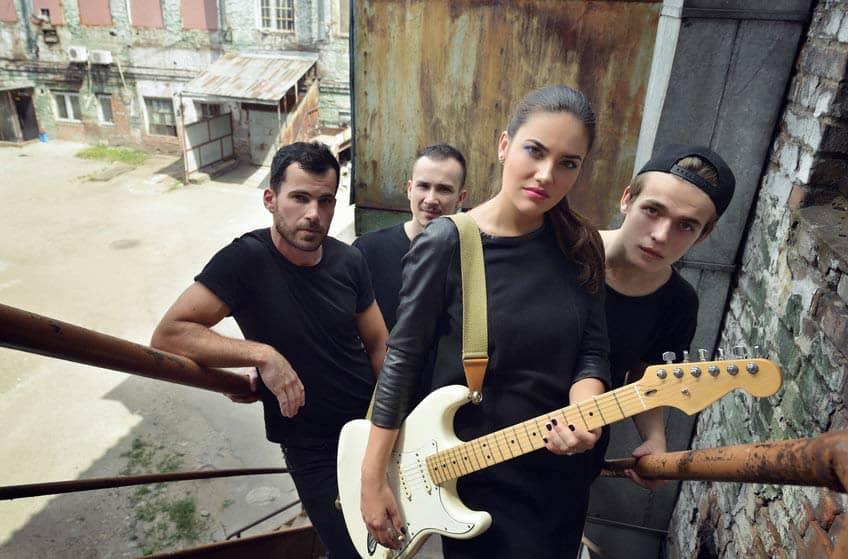You may think your one carefully-chosen image is a great one, and while it likely is, it might not be a good fit for every kind of story.
If a writer is interested in you, your band, and your music, you want to make sure they have everything they need to facilitate their vision. Working with Bloggers, Music Journalists, and Editors is a delicate balance of trying to shape the story to be what you want, while at the same time making sure those who are willing to go out of their way to promote you are well supplied and ready to go at any time.
Maybe they weren’t completely inspired to write about you until they saw you live, which would probably make your live shows the focus of their story.
If that’s the case and the writer wants to focus almost solely on how excellent you are in concert, a structured portrait in a studio probably isn’t going to do them a lot of good. Keep this possibility in mind when planning what type of images to make available to the media.
You certainly don’t need to have every scenario be a possible option, but a healthy mix of photos of the band live, staged, and while working (perhaps mixing or mastering the new record) is a good place to start.
